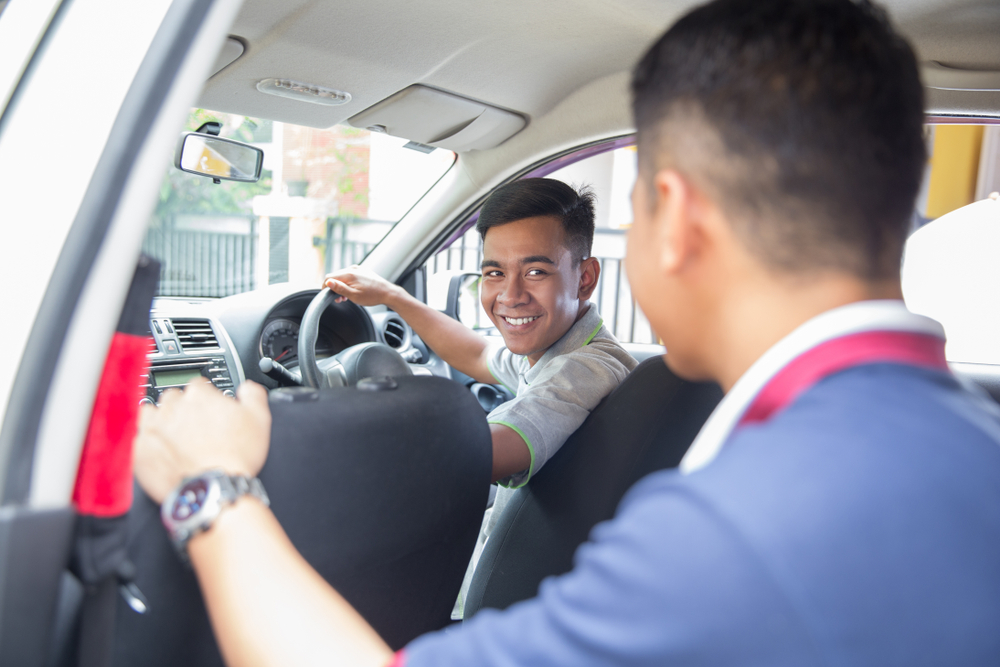Looks like the ride-hailing phenomenon is here to stay. While it is a convenient transport option, users need to know the potential pitfalls of such a service, and be prepared to respond where necessary.

The increasing popularity of ride-hailing apps over the past couple of years has provided another mode of transport for commuters while helping vehicle owners recover some of their costs. The continuing reliance on such a service shows that it still has much to offer, including reducing congestion, emissions and demand for parking lots.
But, as with any new initiative, there are bound to be teething problems. In the early days, ride-hailing drivers were not licensed like taxi drivers, and background checks for them were not as stringent. Foreign workers with a work permit were also allowed to become ride-hailing drivers. Numerous commuters expressed frustration over these drivers and their lack of directional knowledge, resulting in journeys that went around in circles and wastage of the commuters’ time. Adding to such commuters’ woes were drivers with a limited grasp of English.
These days, ride-hailing drivers must attend training courses and pass tests in order to obtain a Private Hire Car Drivers’ Vocational Licence (PDVL), with one of the pre-requisites being competency in conversational English.

Undesirable incidences
Unlike taxi drivers, ride-hailing drivers are basically driving their own vehicles. If they don’t upkeep their vehicles, the cabin may become a breeding ground for germs and creepy-crawlies.
Maintenance levels differ greatly. There have been reports about how commuters have had to deal with less than ideal interiors. Of course, the roles are sometimes reversed, with drivers complaining about passengers who were unhygienic or less than thoughtful.
There have also been cases of inappropriate behaviour by drivers. Many of these have been widely reported around the world, although such numbers are unavailable here in Singapore. Much like the risks inherent in hitch-hiking, being confined in a vehicle cabin with a stranger who is literally in the driver’s seat can lead to undesirable situations. While background checks are carried out, there have been cases where drivers with criminal records have slipped through.

Reports of aggression and assaults by drivers have surfaced overseas. In the US, there have been reports of criminals posing as drivers from the numerous ride-hailing apps. Some of them have swindled passengers in credit card payment scams, and others have molested, assaulted and even murdered their passengers. While such incidents are much less rampant here, that is not to say that it has not happened.
Keep safe
As with anything that involves interacting with a stranger, take precautions. When using such apps, make sure to wait in a safe spot (well lit, heavy human traffic). When the car arrives, do not get on board until you:
- verify details of the vehicle (brand, model, licence plate, driver) against the information on the app
- get your driver to positively identify you by name and destination
If possible, don’t ride alone; share it with a friend, especially if you are tipsy and not entirely in control of your senses. Let the driver know that the trip is being tracked — people are less likely to commit a crime on you if you have someone looking out for you. If the driver insists that you occupy a certain seat in the vehicle, consider that a red flag. Making small talk is fine, but don’t share any more than you need to.



